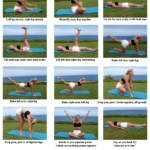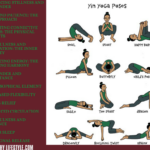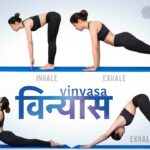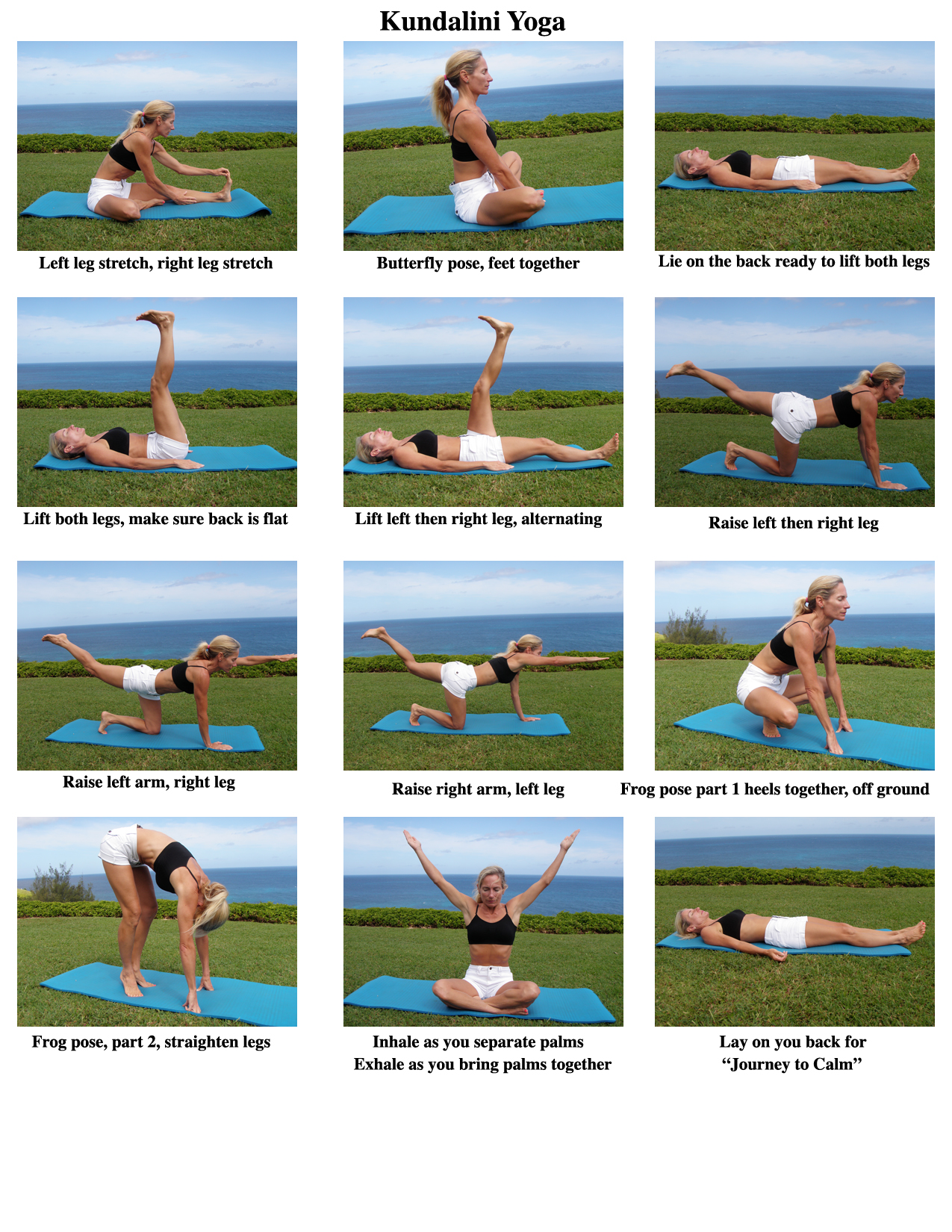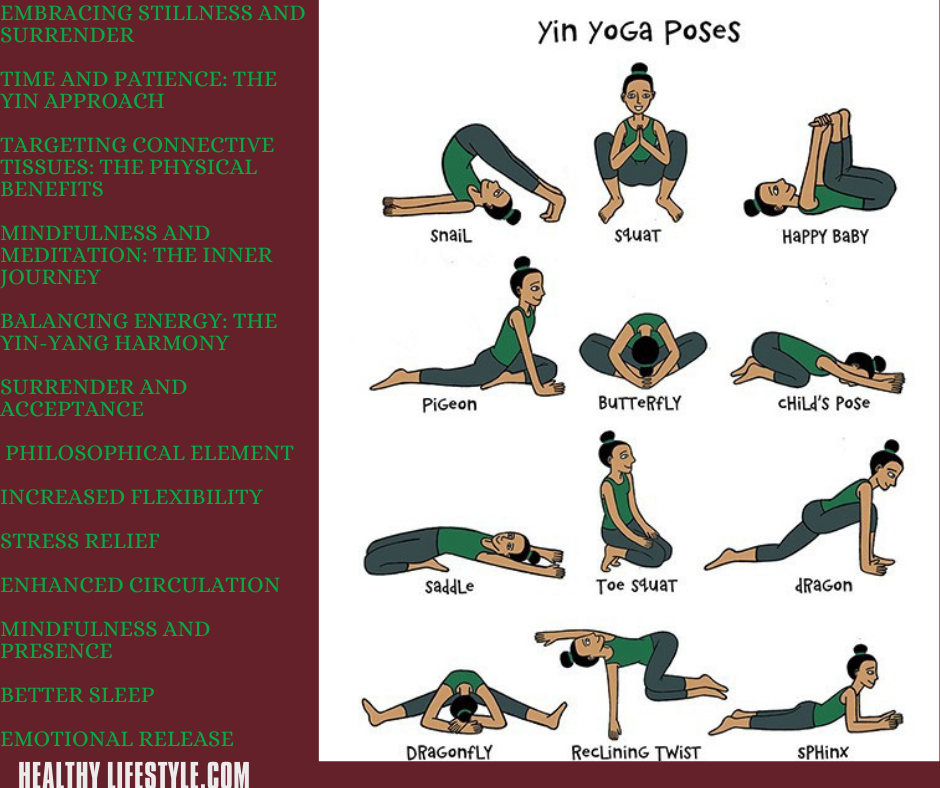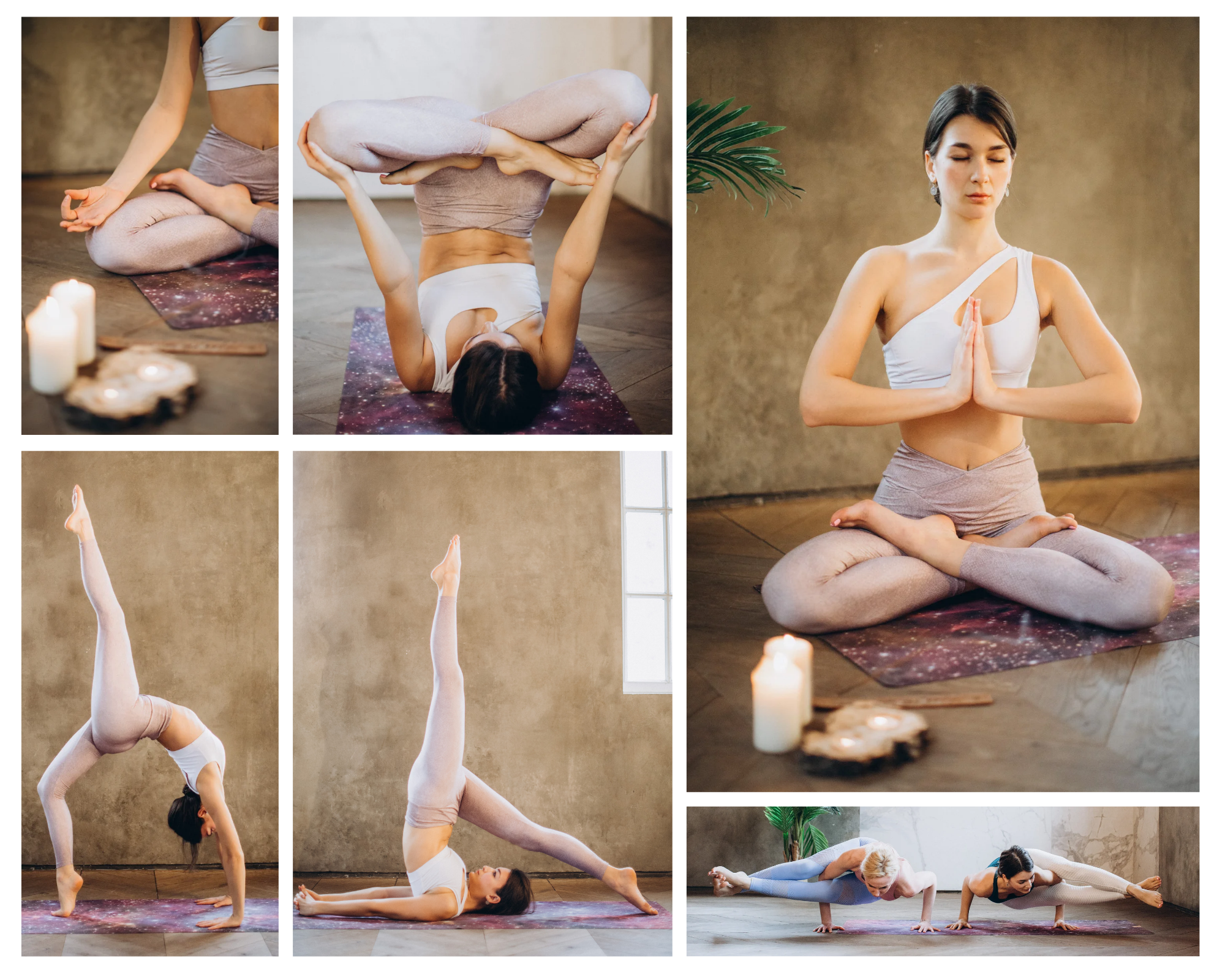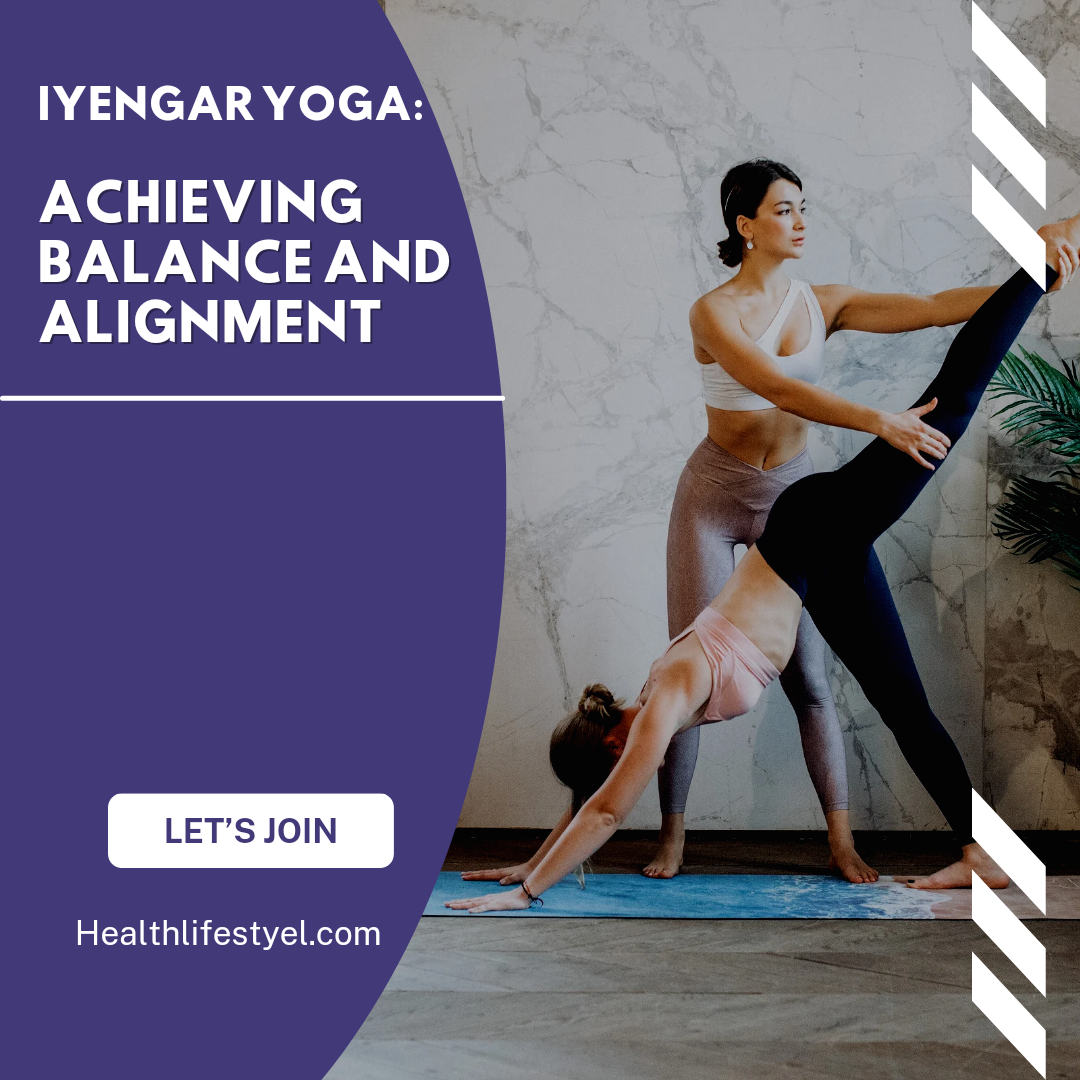Introduction: The Graceful Dance of Breath and Movement
Vinyasa yoga, often referred to simply as “Vinyasa,” is a dynamic and invigorating style of yoga that seamlessly intertwines breath and movement. Rooted in the ancient practice of yoga, Vinyasa yoga offers a modern twist by focusing on the fluidity of transitions between poses. This style is all about connecting the breath with each movement, creating a graceful and rhythmic flow. From building strength and flexibility to calming the mind, Vinyasa yoga offers a holistic approach to physical and mental wellbeing.
Vinyasa Yoga: Finding Harmony Through Movement
Vinyasa yoga, sometimes known as “flow yoga,” emphasizes the synchrony of breath and movement. Each transition is accompanied by an inhale or an exhale, creating a seamless flow from one pose to the next. This practice encourages mindfulness as you remain present in each moment, fully engaged with your body’s capabilities and limitations. The dynamic nature of Vinyasa yoga keeps practitioners engaged, preventing the mind from wandering and fostering a deeper mind-body connection.
The Core Elements of Vinyasa Yoga
Breath Awareness: The Heartbeat of Vinyasa
Central to Vinyasa yoga is breath awareness. The breath serves as the foundation upon which the practice is built. Each movement is synchronized with either an inhalation or exhalation, enhancing the flow of oxygen throughout the body. The controlled and mindful breathing in Vinyasa yoga promotes relaxation, focus, and heightened self-awareness.
Sun Salutations: Embarking on the Vinyasa Journey
One of the hallmark sequences in Vinyasa yoga is the Sun Salutation, or “Surya Namaskar” in Sanskrit. Comprising a series of poses that seamlessly flow together, Sun Salutations are a dynamic way to warm up the body, increase circulation, and prepare for a deeper practice. This sequence embodies the essence of Vinyasa yoga, encouraging a continuous and fluid movement.
Asanas: Poses That Unite Body and Breath
Vinyasa yoga encompasses a wide array of asanas (poses) that range from gentle to challenging. From the grounding presence of “Downward-Facing Dog” to the empowering stance of “Warrior II,” each pose is an opportunity to explore strength, flexibility, and balance. The magic of Vinyasa lies in the transitions that unite these poses into a dance-like sequence.
Creative Sequencing: Crafting a Flowing Symphony
Vinyasa yoga instructors have the creative freedom to design sequences that suit the needs and abilities of their students. This flexibility allows practitioners to experience a diverse range of poses and movements. As the practice evolves, each sequence can bring a sense of novelty, preventing monotony and fostering a continuous sense of growth.
Savasana: Embracing Stillness and Integration
Every Vinyasa yoga session concludes with “Savasana” or “Corpse Pose.” This final resting posture offers a chance to integrate the physical and mental benefits of the practice. Savasana is a moment of deep relaxation, allowing the body to absorb the effects of the practice while the mind finds stillness.
Benefits of Vinyasa Yoga: Nurturing the Mind and Body
Vinyasa yoga is more than just a physical workout; it’s a holistic practice that nurtures both the mind and body. Here are some of the benefits you can experience through regular practice:
- Physical Strength and Flexibility: The dynamic nature of Vinyasa yoga builds strength in various muscle groups and enhances flexibility, promoting better posture and reducing the risk of injury.
- Stress Reduction: The focus on breath and movement encourages relaxation, reducing stress and anxiety levels. The practice creates a moving meditation that calms the mind.
- Cardiovascular Health: The rhythmic and flowing nature of Vinyasa yoga elevates the heart rate, improving cardiovascular health and circulation.
- Mind-Body Connection: By synchronizing breath and movement, Vinyasa yoga cultivates a strong mind-body connection, fostering self-awareness and mindfulness.
- Weight Management: The combination of physical activity and mindfulness in Vinyasa yoga can support weight management and a healthy lifestyle.
- Enhanced Focus: Practicing mindfulness during Vinyasa sequences improves concentration and mental clarity.
- Increased Energy: Vinyasa yoga awakens the body and mind, leaving practitioners feeling refreshed and energized.
FAQs about Vinyasa Yoga
How Often Should I Practice Vinyasa Yoga?
Consistency is key in reaping the benefits of Vinyasa yoga. Aim for 3-5 sessions per week to experience noticeable improvements in strength, flexibility, and mental clarity.
Is Vinyasa Yoga Suitable for Beginners?
Yes, Vinyasa yoga can be tailored to various levels. Beginners can start with gentle sequences and gradually progress to more complex ones as their practice deepens.
Can I Practice Vinyasa Yoga at Home?
Absolutely. While attending classes can be beneficial, practicing Vinyasa yoga at home is also effective. You can find online tutorials or follow guided videos to maintain a consistent practice.
What Should I Wear to a Vinyasa Yoga Class?
Wear comfortable, breathable clothing that allows for a wide range of movement. Consider moisture-wicking materials to stay comfortable during the practice.
How Long Do Vinyasa Sessions Usually Last?
Vinyasa sessions typically last anywhere from 45 minutes to 1.5 hours, depending on the intensity of the practice and the instructor’s style.
Can Vinyasa Yoga Help with Back Pain?
Yes, Vinyasa yoga can be therapeutic for back pain. Certain poses and sequences can help strengthen the core muscles and improve spinal flexibility, potentially alleviating back discomfort.
Conclusion: Embark on Your Vinyasa Yoga Journey
Vinyasa yoga is an invitation to explore the synergy between breath, movement, and mindfulness. This dynamic practice offers a pathway to physical strength, mental clarity, and emotional balance. Whether you’re a seasoned yogi or just beginning your journey, Vinyasa yoga welcomes you to find your flow and embrace the transformative power of the practice



